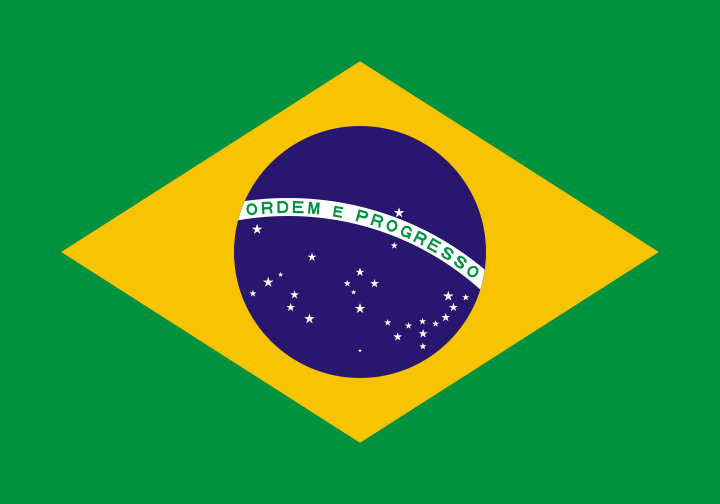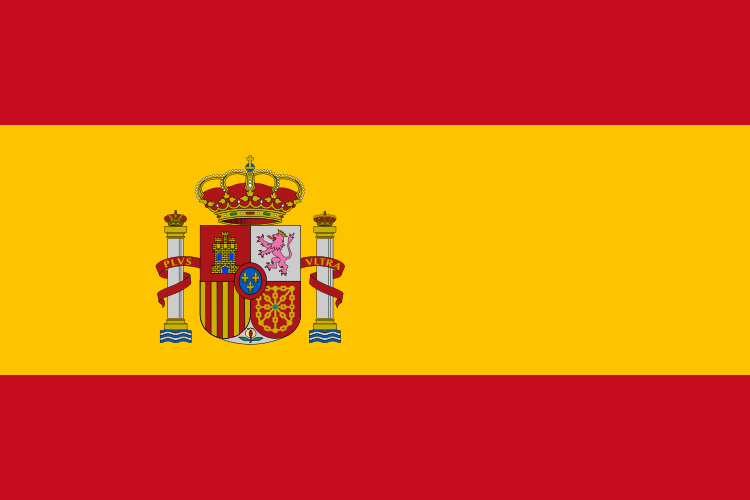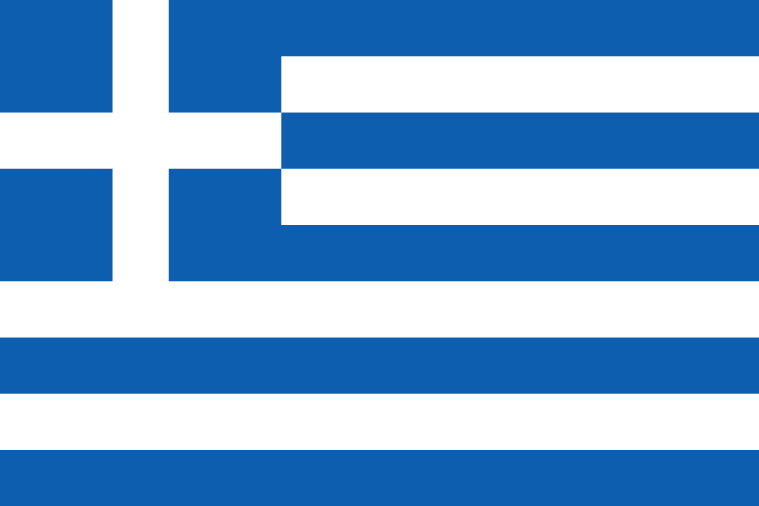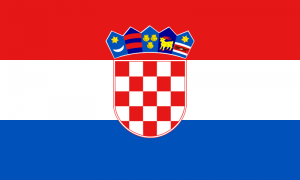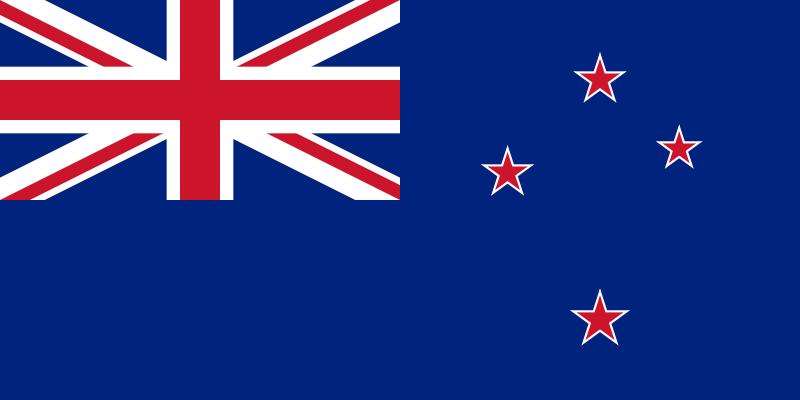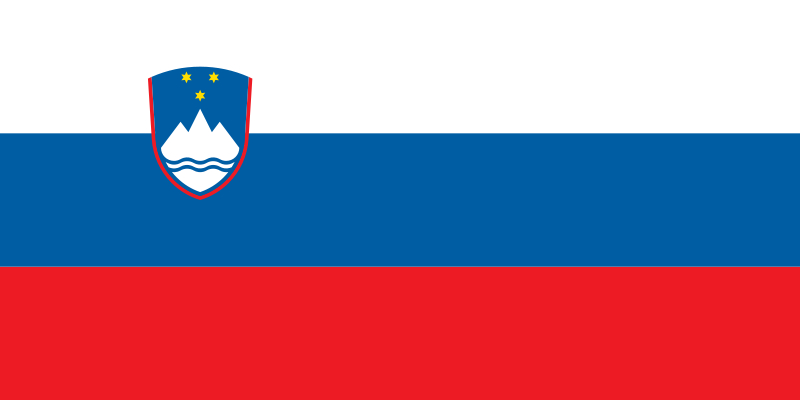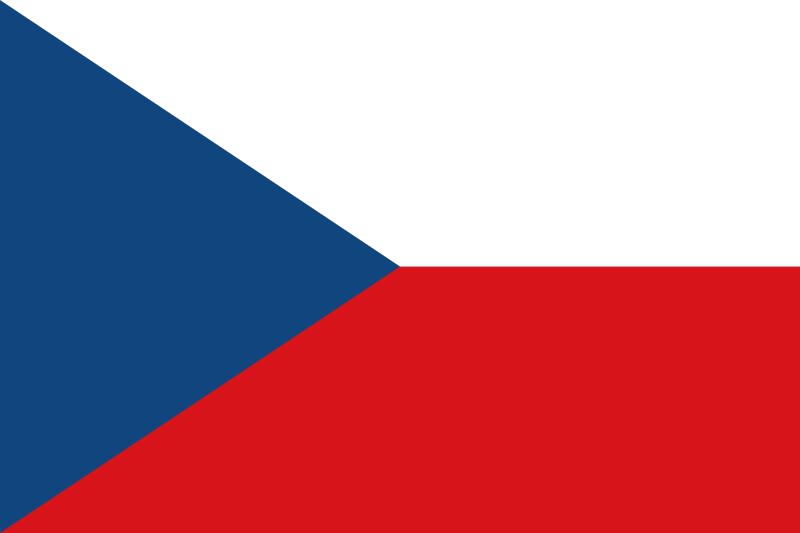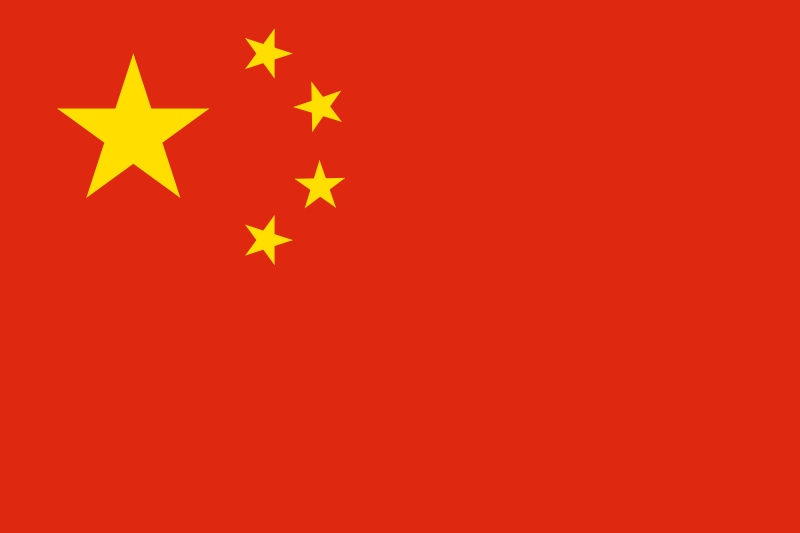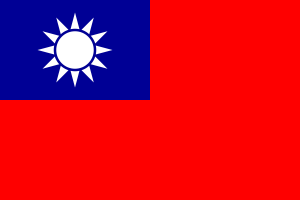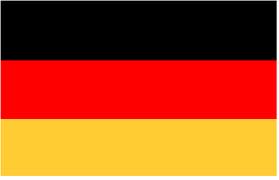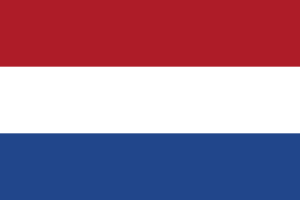Transparent Bioriented Coextruded Polypropylene Film in Reels
Bi-Oriented Polypropylene Film, Transparent, Coextruded, Heatsealable in Reel
Reels for the Flexible Packaging of Food used in Automatic Packaging Machines (Flowpack Machines, Horizontal – HFFS, Vertical – VFFS, Overwrapping Machines)
Extrusion and Coextrusion of Plastic Film
Almost all plastic films are produced with a process called extrusion. The plastic material comes in the form of a granule (a small “plastic ball” that has the appearance and the size of a large grain of rice). The granule is fed in a special machine called extruder which at first warms up and brings the plastic to the melting temperature. At this temperature the plastic becomes viscous and can therefore be moved by means of a endless screw into another section of the machine which, in presence of high pressure, pushes the material, still warm and viscous, to exit from a special slot called “lip of the extruder “. The slot is generally narrow and long and the molten plastic material takes thus on the form of a sheet or a film. Sometimes the width of the slot already determines the thickness of the film (for example in the non-oriented polypropylene), more often the film is subjected to various phases of “stretching” that lengthening and / or enlarging the film reduce at the same time the thickness for bring it to the scheduled thickness. This is the case, for example, of the bioriented polypropylene, which is biaxially oriented at first in the machine direction, and after transversally.
In the 80s of the last century there was a major technological innovation in the extrusion that led to the production of the biaxially oriented coextruded polypropylene film. The manufacturing process of coextrusion was fine-tuned, which allows to extrude in a single machine several layers of different thermoplastic materials simultaneously. The new machines, instead of having a single extruder that melts and extrudes a single plastic material, have more extruders mounted side by side that make the various materials be melted simultaneously in a single point of the machine (the “head” of the extruder). The various materials are warm and viscous and it is (relatively) easy to make them adhere permanently to each other. Furthermore, since each extruder is separate from the others, it is possible to feed each extruder with a specific plastic material and thus obtain a film composed of several different plastics.
With the time, this process has been very successful thanks to the very significant reduction in production costs. Nowadays, almost all the bi-oriented polypropylene films are made in coextrusion, even when technical needs do not actually require this technology. The technology has evolved so much that modern polypropylene machines generally have at least 5 or 7 different layers, but for special films there are also extruders that reach 21 layers.
At that time an alternative technology to coating with lacquer was sought, to make polypropylene heat-sealable. The solution was found by creating a three-layer structure: a central core and two external layers. The transparent coextruded bioriented polypropylene film is therefore usually composed of a central layer (the core) of high thickness, consisting of homopolymer polypropylene (which is a very shiny material, transparent and bright, with excellent mechanical characteristics, but not heat-sealable) and of two very thin skins (1-2 microns) made with copolymer polypropylene (which is a slightly more opaque material, but heat-sealable and with excellent slipperiness). The core gives the mechanical characteristics and the transparency of the film, the skins give the heat sealing properties and slipperiness in the friction of film with metal bodies (typically the friction produced with forming of the collar on automatic packaging machines).
The Cheapest Film for Flexible Packaging
Transparent coextruded bioriented polypropylene film has a low density (0.91 grams per cubic centimeter). For example is lower than cellophane (1.44) and polyester (1.40), and similar to polyethylene (0,90). This feature means that for the same thickness polypropylene is much lighter of higher density films. For example taking a 30 micron thick film, bioriented coextruded transparent polypropylene weighs 27.3 grams per square meter (30 x 0.91 = 27.3), cellophane weighs 43.2 grams per square meter (30 x 1.44 = 43.2), polyester 42.6 grams per square meter (30 x 1.40 = 42.6). Polypropylene film has thus an high yield. This feature results in a lower cost per square meter (or a lower cost per packaging). In other words, in the same thickness:
- if the price per kilogram of the various films is equal, polypropylene film has a markedly lower packaging cost, thanks to the reduced weight, or;
- to compensate, to make the cost per package equal, the alternative material must obviously cost less.
In the case of cellophane (the film most similar to bioriented polypropylene), for the same thickness, the equivalence is set at a purchase price of 63.19% of the price of the polypropylene film. The price per kilogram of the cellophane should be 36.8% lower than polypropylene film. (This figure is derived from the ratio between the unit weights of two different films: 27.3 / 43.2 = 0.6319. If you are interested in receiving the formula with all the calculations, please contact us). Low density, high yield, heat-sealabity of bioriented coextruded transparent polypropylene film has been the most successful factors of this material and were decisive in the process of replacement of cellophane with polypropylene.
Nowadays transparent biaxially oriented coextruded polypropylene film is the most economical and affordable choice for flexible packaging both food products (baked goods, snack foods and snacks, bread sticks, crackers, cookies, cakes) and of non-food products (brushes, napkins and paper towels, furniture components, cleaning cloths, etc.).
Transparent biaxially oriented coextruded polypropylene film is convenient both for the high yield of the material (thanks to the low-density of polypropylene) and for the lower price per kilogram of product. It is also an excellent film for flexible packaging thanks to the excellent characteristics of machinability, heat sealability and mechanical properties even at low thicknesses, as well as for the protecting properties of the product to be packaged (in particular moisture barrier).
Film produced in the European Union
For the production of films intended to come in contact with food our company uses only film produced in the EU by paramount suppliers that have been selected in advance and appropriately accredited. This policy gives the maximum guarantees in terms of compliance with the Regulations relating to food contact (if you want to know the reason for this statement we kindly ask you to contact us, we will be happy to provide further information to support this claim).
Film for the Flexible Packaging of Food
Transparent biaxially oriented coextruded polypropylene film is used for the flexible packaging in vertical automatic packaging machines (VFFS – Vertical Form Fill Seal Machine), horizontal (HFFS – Horizontal Form Fill Seal Machine), and in the over-wrapping (Over Wrapping Machine).
Transparent biaxially oriented coextruded polypropylene film provides excellent barrier properties to water vapor, discrete barrier properties to oxygen and aromas, is heat-sealable on both sides (weldability range 105-140 ° C).
Transparent biaxially oriented coextruded polypropylene film is suitable for contact with food as prescribed by Italian law (Decreto Ministeriale 21.03.1973 and following amendations), as well as by EC Regulations n. 1935/2004, EC n. 2023/2006, EU n. 10/2011 (and following amendations). Also legal requirements on labeling, upstream traceability and downstream traceability are satisfied. A specific statement to that effect will be issued on request.
Product Availability
Thicknesses available are 20-25-30-35-40 microns, the density is 0.91 g / cm3, the nominal unit weights are 18-23-27-32-36 grams per square meter, the nominal yields 55-43-37- 31-27 square meters per kilogram.
Transparent coextruded bioriented polypropylene film is supplied in reels. It is cut in the widths requested by the client (minimum cut 10 mm) and wound into disposable cardboard tubes. Standard reels have an inner diameter of the core of 70 millimetre (on request 76), the outside diameteer is 250 millimeters (greater on request). In standard diameters the weight of the reel is approximately 0.40 kilograms per centimeter of width. The length of the reel is about 1900 linear meters for the 20 micron film, 1500 meters for the 25 microns, 30 microns to 1300 meters, 1100 for the 35 microns and 950 linear meters for the 40 micron film.
Transparent coextruded bioriented polypropylene film is treated on the outer side (in the inner side upon request) for marking (for example in foods for printing the expiry date and the production batch). Each reel is individually wrapped to protect it from dust and is matched by a quality control sheet that identifies the exact batch of raw material used (traceability code) as well as the production phases. Indicative delivery time is 4 working weeks from the order date.
For any further information on films for flexible packagings, please don’t hesitate to contact us. Our commercial department is at your disposal you may need for any explanation, in-depth analysis, tests, new product or application development for films for flexible packagings.
Write, phone, fax or email at:
A. Peruzza srl – via Portelle 1 – 31010 Mareno di Piave – Tv – Italy
Telephone: int+ 39 0438 492335. Telefax: int+ 39 0438 492365.
Email: info@aperuzza.com
© 2011-2018 A.Peruzza s.r.l. is the sole owner or authorised user of the intellectual property rights relating to the information communicated herein. It is forbidden to copy, include in websites, distribute or anyhow publicize this document to third parties without prior written permission of the owner.

